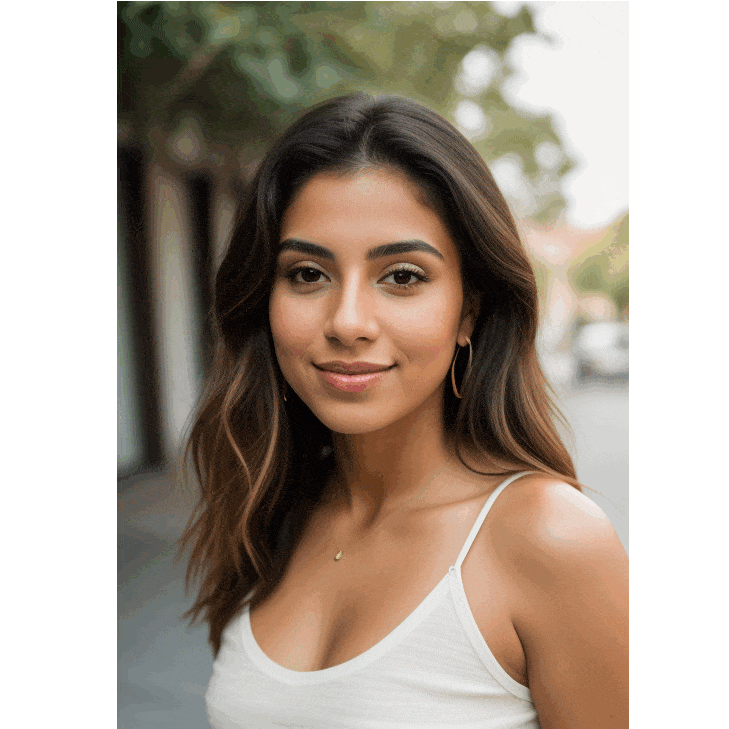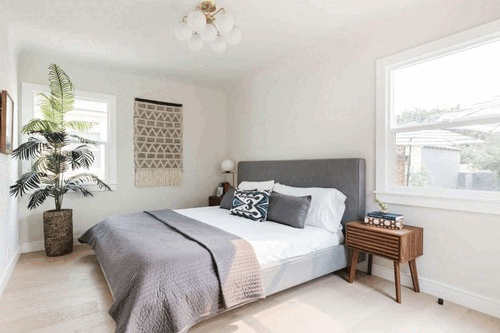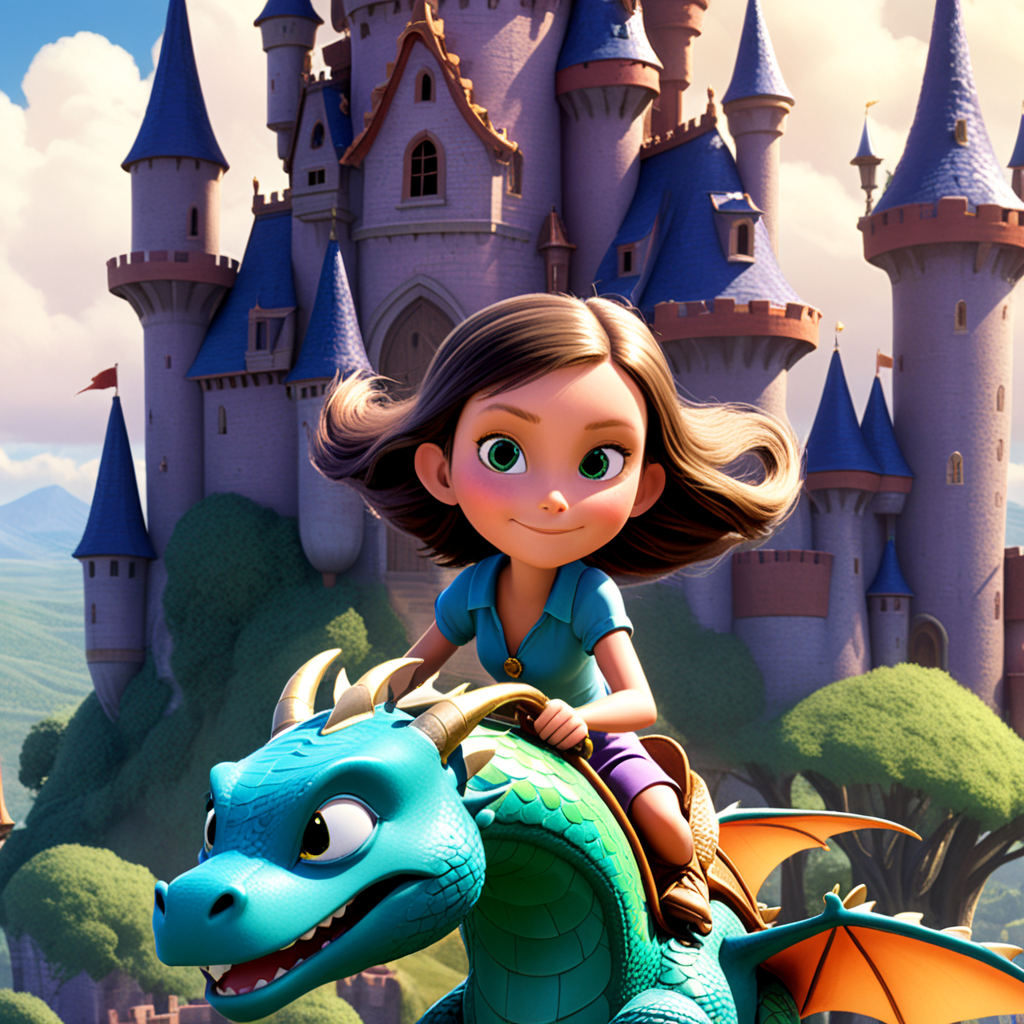photoaistudio-generate
Maintainer: catio-apps

129

| Property | Value |
|---|---|
| Run this model | Run on Replicate |
| API spec | View on Replicate |
| Github link | No Github link provided |
| Paper link | No paper link provided |
Create account to get full access
Model overview
The photoaistudio-generate model from catio-apps allows you to take a picture of your face and instantly generate any profile picture you want, without the need for training. This is similar to other face-based AI models like interioraidesigns-generate, which lets you see your room in different design themes, and gfpgan, a face restoration algorithm for old photos or AI-generated faces.
Model inputs and outputs
The photoaistudio-generate model takes in a variety of inputs, including a face image, a pose image, a prompt, and optional parameters like seed, steps, and face resemblance. The model then outputs a set of generated images.
Inputs
- Face Image: The image of your face to be used in the generation
- Pose Image: The image of the desired pose or style you want to apply to your face
- Prompt: A text description of the desired profile picture, like "a portrait of a [MODEL] with a suit and a tie"
- N Prompt: An additional text prompt to condition the generation
- Seed: A number to use as a seed for the random number generator (0 for random)
- Steps: The number of inference steps to take (0-50)
- Width: The width of the generated image
- Face Resemblance: A scale from 0 to 1 controlling how closely the generated image resembles your face
Outputs
- An array of generated profile picture images
Capabilities
The photoaistudio-generate model can take a photo of your face and instantly transform it into any kind of profile picture you want, from formal portraits to more stylized and artistic renditions. This can be useful for quickly generating a variety of profile pictures for social media, job applications, or other purposes without needing to hire a photographer or edit the images yourself.
What can I use it for?
With the photoaistudio-generate model, you can experiment with creating unique and personalized profile pictures for your online presence. For example, you could try different outfits, poses, and artistic styles to see what works best for your brand or personal image. This could be especially useful for entrepreneurs, freelancers, or anyone who wants to make a strong first impression online.
Things to try
One interesting thing to try with the photoaistudio-generate model is to experiment with different prompts and pose images to see how they affect the generated profile pictures. For instance, you could try starting with a formal prompt and pose, then gradually make the images more casual or creative to see how the model adapts. This can help you find the perfect look to represent yourself online.
This summary was produced with help from an AI and may contain inaccuracies - check out the links to read the original source documents!
Related Models

interioraidesigns-generate

16
The interioraidesigns-generate model, developed by catio-apps, allows users to take a picture of their room and see how it would look in different interior design themes. This model can be useful for anyone looking to remodel or redecorate their living space. It is similar to other AI-powered interior design tools like real-esrgan, idm-vton, and stylemc, which offer various image generation and editing capabilities. Model inputs and outputs The interioraidesigns-generate model takes several inputs, including an image of the room, a prompt, and various parameters to control the output. The output is a generated image that shows the room with the requested design theme applied. Inputs Image**: The input image of the room to be remodeled. Prompt**: A text description of the desired interior design theme. Steps**: The number of steps to take during the generation process. Guidance**: The scale of the guidance used in the generation process. Mask Prompt**: A text description of the area to be modified. Condition Scale**: The scale of the conditioning used in the generation process. Negative Prompt**: A text description of what the model should not generate. Adjustment Factor**: A value to adjust the mask, with negative values for erosion and positive values for dilation. Use Inverted Mask**: A boolean flag to use an inverted mask. Negative Mask Prompt**: A text description of what the model should not generate in the mask. Outputs Output**: The generated image showing the room with the requested interior design theme. Capabilities The interioraidesigns-generate model can create photorealistic images of rooms in various design styles, such as modern, rustic, or minimalist. It can also handle tasks like furniture placement, color schemes, and lighting adjustments. This model can be particularly useful for interior designers, homeowners, or anyone interested in visualizing how a space could be transformed. What can I use it for? The interioraidesigns-generate model can be used for a variety of interior design and home remodeling projects. For example, you could take a picture of your living room and experiment with different furniture layouts, wall colors, and lighting to find the perfect look before making any changes. This can save time and money by allowing you to see the results of your design ideas before committing to them. Additionally, the model could be used by interior design companies or home improvement retailers to offer virtual room redesign services to their customers. Things to try One interesting aspect of the interioraidesigns-generate model is its ability to handle mask adjustments. By adjusting the Adjustment Factor and using the inverted mask, users can selectively modify specific areas of the room, such as the walls, floors, or furniture. This can be useful for experimenting with different design elements without having to edit the entire image. Additionally, the model's ability to generate images based on textual prompts allows for a wide range of creative possibilities, from traditional interior styles to more abstract or surreal designs.
Updated Invalid Date

photomaker-style

688
photomaker-style is an AI model created by Tencent ARC Lab that can customize realistic human photos in various artistic styles. It builds upon the base Stable Diffusion XL model and adds a stacked ID embedding module for high-fidelity face personalization. Compared to similar models like GFPGAN for face restoration or the original PhotoMaker for realistic photo generation, photomaker-style specializes in applying artistic styles to personalized human faces. It can quickly generate photos, paintings, and avatars in diverse styles within seconds. Model inputs and outputs photomaker-style takes in one or more face photos of the person to be customized, along with a text prompt describing the desired style and appearance. The model then outputs a set of customized images in the requested style, preserving the identity of the input face. Inputs Input Image(s)**: One or more face photos of the person to be customized Prompt**: Text prompt describing the desired style and appearance, e.g. "a photo of a woman img in the style of Vincent Van Gogh" Negative Prompt**: Text prompt describing undesired elements to avoid in the output Seed**: Optional integer seed value for reproducible generation Guidance Scale**: Strength of the text-to-image guidance Style Strength Ratio**: Strength of the artistic style application Outputs Customized Images**: Set of images generated in the requested style, preserving the identity of the input face Capabilities photomaker-style can rapidly generate personalized images in diverse artistic styles, from photorealistic portraits to impressionistic paintings and stylized avatars. By leveraging the Stable Diffusion XL backbone and its stacked ID embedding module, the model ensures impressive identity fidelity while offering versatile text controllability and high-quality generation. What can I use it for? photomaker-style can be a powerful tool for quickly creating custom profile pictures, avatars, or artistic renditions of oneself or others. It could be used by individual users, content creators, or even businesses to generate personalized images for a variety of applications, such as social media, virtual events, or even product packaging and marketing. The ability to seamlessly blend identity and artistic style opens up new possibilities for self-expression, creative projects, and unique visual content. Things to try Experiment with different input face photos and prompts to see how photomaker-style can transform them into diverse artistic interpretations. Try out various styles like impressionism, expressionism, or surrealism. You can also combine photomaker-style with other LoRA modules or base models to explore even more creative possibilities. Additionally, consider using photomaker-style as an adapter to collaborate with other models in your projects, leveraging its powerful face personalization capabilities.
Updated Invalid Date

cartoonify

530
The cartoonify model is a powerful AI tool developed by catacolabs that can transform regular images into vibrant, cartoon-style illustrations. This model showcases the impressive capabilities of AI in the realm of image manipulation and creative expression. It can be especially useful for individuals or businesses looking to add a whimsical, artistic flair to their visual content. When comparing cartoonify to similar models like photoaistudio-generate, animagine-xl-3.1, animagine-xl, instant-paint, and img2paint_controlnet, it stands out for its ability to seamlessly transform a wide range of images into captivating cartoon-like renditions. Model inputs and outputs The cartoonify model takes a single input - an image file - and generates a new image as output, which is a cartoon-style version of the original. The model is designed to work with a variety of image types and sizes, making it a versatile tool for users. Inputs Image**: The input image that you want to transform into a cartoon-like illustration. Outputs Output Image**: The resulting cartoon-style image, which captures the essence of the original input while adding a whimsical, artistic touch. Capabilities The cartoonify model excels at transforming everyday images into vibrant, stylized cartoon illustrations. It can handle a wide range of subject matter, from portraits and landscapes to abstract compositions, and imbue them with a unique, hand-drawn aesthetic. The model's ability to preserve the details and character of the original image while applying a cohesive cartoon-like treatment is particularly impressive. What can I use it for? The cartoonify model can be used in a variety of creative and commercial applications. For individuals, it can be a powerful tool for enhancing personal photos, creating unique social media content, or even generating custom illustrations for various projects. Businesses may find the model useful for branding and marketing purposes, such as transforming product images, creating eye-catching advertising visuals, or developing engaging digital content. Things to try Experiment with the cartoonify model by feeding it a diverse range of images, from realistic photographs to abstract digital art. Observe how the model responds to different subject matter, compositions, and styles, and explore the range of creative possibilities it offers. You can also try combining the cartoonify model with other AI-powered image tools to further enhance and manipulate the resulting cartoon-style illustrations.
Updated Invalid Date

sdxl-lightning-4step

414.6K
sdxl-lightning-4step is a fast text-to-image model developed by ByteDance that can generate high-quality images in just 4 steps. It is similar to other fast diffusion models like AnimateDiff-Lightning and Instant-ID MultiControlNet, which also aim to speed up the image generation process. Unlike the original Stable Diffusion model, these fast models sacrifice some flexibility and control to achieve faster generation times. Model inputs and outputs The sdxl-lightning-4step model takes in a text prompt and various parameters to control the output image, such as the width, height, number of images, and guidance scale. The model can output up to 4 images at a time, with a recommended image size of 1024x1024 or 1280x1280 pixels. Inputs Prompt**: The text prompt describing the desired image Negative prompt**: A prompt that describes what the model should not generate Width**: The width of the output image Height**: The height of the output image Num outputs**: The number of images to generate (up to 4) Scheduler**: The algorithm used to sample the latent space Guidance scale**: The scale for classifier-free guidance, which controls the trade-off between fidelity to the prompt and sample diversity Num inference steps**: The number of denoising steps, with 4 recommended for best results Seed**: A random seed to control the output image Outputs Image(s)**: One or more images generated based on the input prompt and parameters Capabilities The sdxl-lightning-4step model is capable of generating a wide variety of images based on text prompts, from realistic scenes to imaginative and creative compositions. The model's 4-step generation process allows it to produce high-quality results quickly, making it suitable for applications that require fast image generation. What can I use it for? The sdxl-lightning-4step model could be useful for applications that need to generate images in real-time, such as video game asset generation, interactive storytelling, or augmented reality experiences. Businesses could also use the model to quickly generate product visualization, marketing imagery, or custom artwork based on client prompts. Creatives may find the model helpful for ideation, concept development, or rapid prototyping. Things to try One interesting thing to try with the sdxl-lightning-4step model is to experiment with the guidance scale parameter. By adjusting the guidance scale, you can control the balance between fidelity to the prompt and diversity of the output. Lower guidance scales may result in more unexpected and imaginative images, while higher scales will produce outputs that are closer to the specified prompt.
Updated Invalid Date